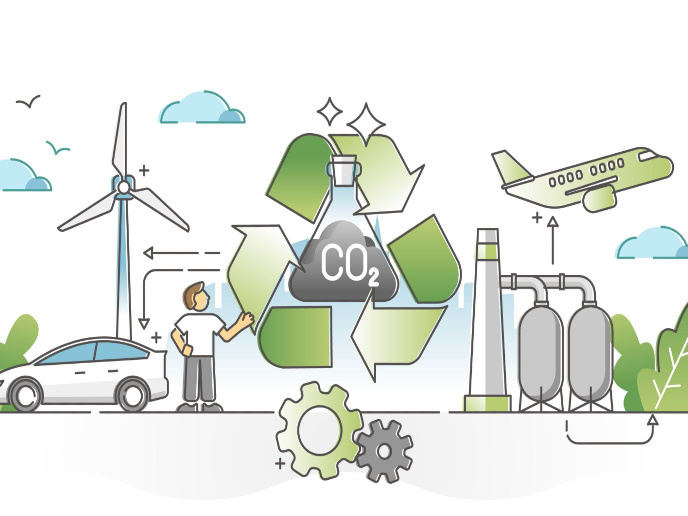Efficient, low-cost hybrid cars
HEVs with two electric motors, each with its own dedicated inverter, are gaining in popularity due to achieving greater fuel economy and being easier to drive. In such vehicles, the battery along with capacitors forms the direct current (DC) link capacitor whose purpose is to prevent ripple currents from reaching back to the power source. The objective of the EU-funded project SUSTAINABLE HYBRID was to investigate new methods for reducing the undesired ripple currents at low and high frequencies. The system under consideration was a two-motor drive system with two different duty cycles. SUSTAINABLE HYBRID focused on investigating the dependence of the ripple current on the motor control angle schemes and the inverter switching schemes. After examining their relation, the project proposed new schemes to minimise the ripple current. By controlling the motor direct axis current, scientists managed to reduce the relatively low-frequency harmonics in the DC link current. The frequency depended on the speed and pole number of the electric machines, with high speeds and pole numbers leading to higher frequencies. Through this, the SUSTAINABLE HYBRID method allows motors to increase their efficiency by exploiting some of their unused current to control ripple currents. Another achievement was revealing the relation between the phase shift of the inverter carrier signal and the current ripple. A certain amount of phase shift operating point dependent and varied in the face of varying load levels was found to minimise the DC current ripple. In an effort to commercialise and spread HEV technology, reducing costs and component volumes are critical issues. Project findings should have a significant impact not only on the automotive but also on the renewable energy industry.







